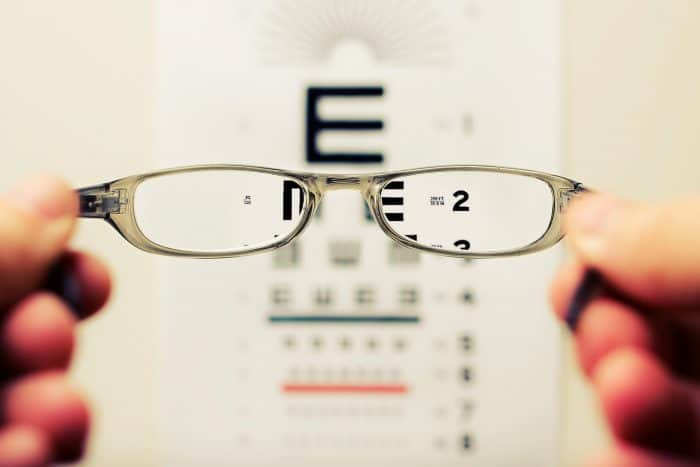Watery eyes are also known as epiphora or tearing, which is a condition that results in an overflow of tears. Usually this occurs without any clear explanation. As a result, there is insufficient tear film drainage from the eye(s) that cause it to overflow on the face rather than through the nasolacrimal system.
Tears serve an important purpose to the eyes such as keeping your eyes lubricated, and keeping away dust and/or foreign particles. It also protects your immune system from any other infection. Without the right balance of water and oils, your eyes can become too dry.
However, it is very common to temporarily produce excess tears when being emotional, coughing, laughing and vomiting. Among these, several other causes can result in watery eyes, too, such as:
- Eye strain
- Common cold, allergies and sinus problems
- Blocked tear ducts
- Cut or scrape on the eye
- Cancer treatments including radiation and chemotherapy
- Weather conditions can also come into play such as wind, sunshine and cold
- Foreign objects, chemicals, or irritating liquids and gases in the eye
Watery eyes are temporary and can be resolved on their own when the cause is addressed and your eyes have healed without treatment. If not, an eye exam or physical can help answer your questions. Remedies for watery eyes include prescription eye drops, warm, wet towel places on your eyes several times a day to block tear ducts, as well as treating allergies that make your eyes watery.
However, keep in mind conditions may persist. Consult your physician if you have any of these symptoms:
- Discharge or bleeding from your eye
- Vision loss or visual disturbances
- Injured eye
- Red, irritated or swollen eyes
- Eye issues accompanied by a severe headache




